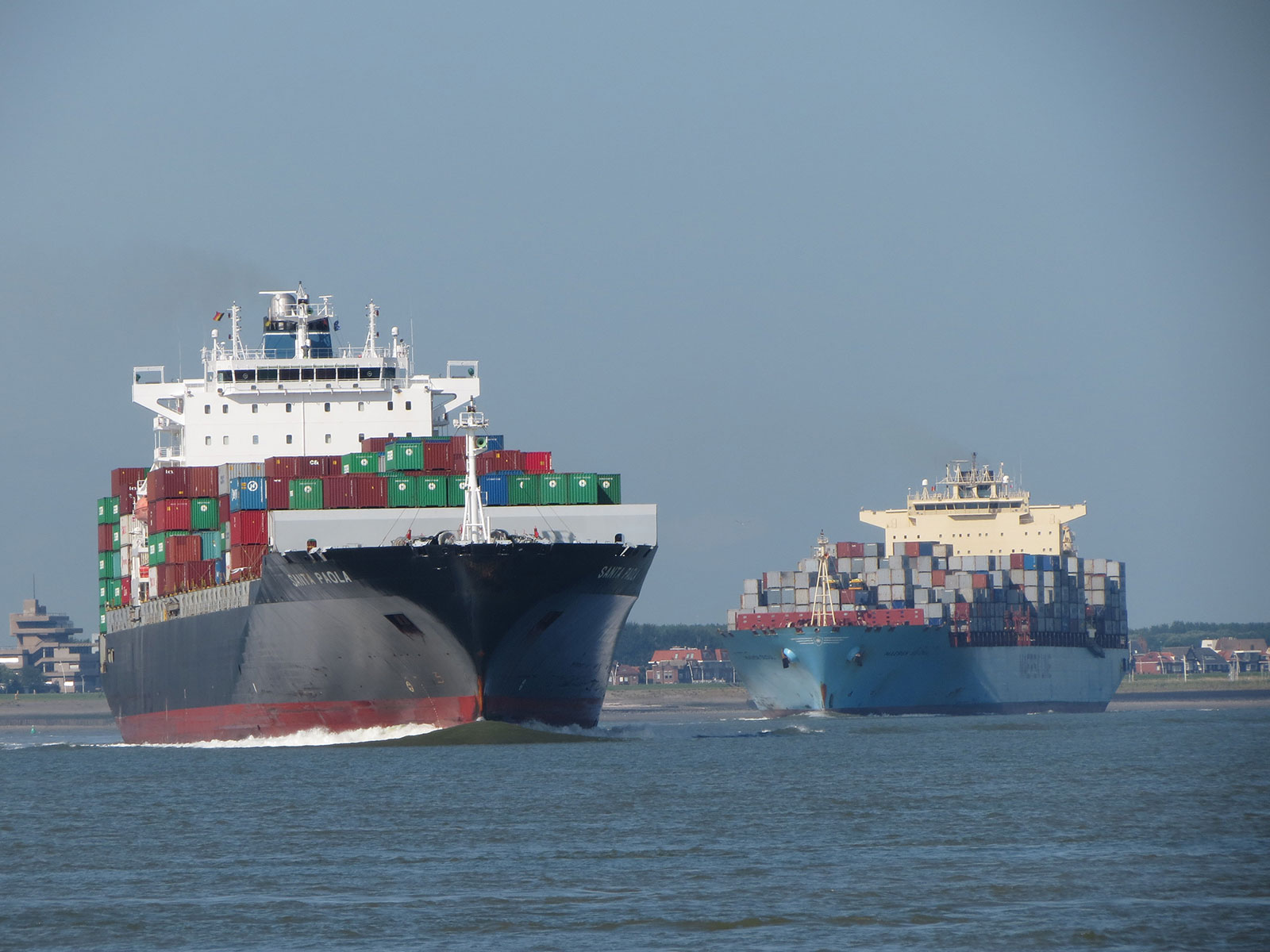Shipping confidence improved for the third[ds_preview] successive quarter, according to Moore Stephens. Optimistic charterers help boost the level to a 15-month high.
In November 2016, the average confidence level was 5.6 out of 10.0, equalling the highest rating since August 2015. All main categories of respondent were more confident than in August 2016, when the overall rating was 5.4.
Charterers’ confidence this time increased by 2.0 points to 6.8, the highest figure in the life of the survey. The confidence of owners was up from 5.3 to 5.4, of brokers from 4.5 to 5.6, and of managers from 6.0 to 6.4. The survey was launched in May 2008 with an overall confidence rating of 6.8.
Confidence was up in Asia, from 5.5 to 5.7, in Europe from 5.2 to 5.4, and in North America from 5.8 to 5.9, according to the survey by Moore Stephens.
A number of respondents felt that the bottom of the cycle had been reached and that the only way was up. Particular concern was expressed about overtonnaging, insufficient recycling, and the cost of regulatory compliance.
The likelihood of respondents making a major investment or significant development over the next 12 months was unchanged, at 4.9 out of 10.0. Charterers’ confidence in this regard was up from 5.0 to 6.4, equalling its highest figure since August 2013.
Owners’ expectations were also up, from 4.8 to 5.0, but those of managers and brokers were down, from 5.3 to 5.2 and from 4.1 to 3.8 respectively.
Increasing finance costs expected
The number of respondents expecting finance costs to increase over the coming year rose from 35% to 53%, the highest level for five years. Owners’ expectations in this regard rose from 31% to 58%, their highest level since May 2011. The figures for brokers and managers were also up, from 47% to 53% and from 30% to 52%, respectively.
Charterers were alone in not anticipating any increase in finance costs. »Major investment will be required over the next few years to meet increasingly stringent environmental regulations,« said one respondent, »at a time when earnings are on the floor and bank finance is hard to come by.«
Competition is expected to influence performance most significantly over the next 12 months, just ahead of demand trends, followed by finance costs and tonnage supply.
The number of respondents expecting higher rates in the tanker market over the next 12 months rose by ten percentage points to 33%, the highest figure since August 2015, while the number anticipating lower tanker rates fell from 37% to 24%.
Meanwhile, there was a three percentage-point rise, to 41%, in the numbers anticipating higher rates in the dry bulk sector.
In the container ship sector, the numbers expecting higher rates rose from 22% to 27%, but there was a five percentage-point increase, to 21%, in those anticipating lower rates.
The net sentiment in the tanker markets was +9, while it was +31 in the dry bulk markets and +6 in the container ship trades.



















